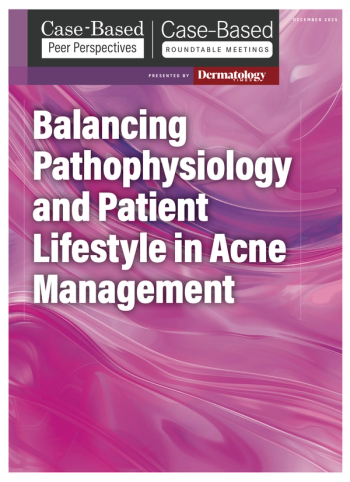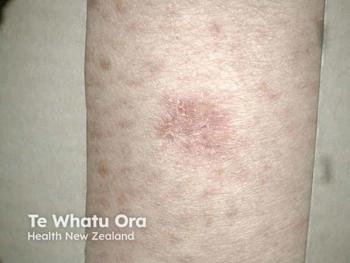
New study uncovers genetic links to rosacea
Researchers have identified gene variants that could lead to new treatment targets and a better understanding of rosacea.
Researchers have identified gene variants that suggest a genetic component for
In a
The confirmed SNP, rs763035, is inter-genic between HLA-DRA and BTNL2, according to the study’s abstract.
This research also included obtaining skin biopsies from six people with rosacea, which showed evidence of both HLA-DRA and BTNL2 proteins.
“Exploratory immunohistochemical analysis of HLA-DRA and BTNL2 expression in papulopustular rosacea lesions from six individuals, including one with the rs763035 variant, revealed staining in the peri-follicular inflammatory infiltrate of rosacea for both proteins,” according to the study’s abstract. “In addition, three HLA alleles, all MHC class II proteins, were significantly associated with rosacea in the discovery group and confirmed in the replication group….”
Lead author Anne Lynn S. Chang, MD, assistant professor of dermatology at Stanford University School of Medicine, writes in an email to Dermatology Times that the study’s findings could impact dermatologists' care of rosacea patients in two ways.
“If we can eventually show that different variants of rosacea respond to different treatments, we could help patients pick the treatment most likely to work; hence, obviating trial and error and using medications with side effects that are not effective,” she writes. “Two: If there is an association with a condition outside the skin, we might do a screening test for that extracutaneous condition.”
MORE ROSACEA
Newsletter
Like what you’re reading? Subscribe to Dermatology Times for weekly updates on therapies, innovations, and real-world practice tips.

















